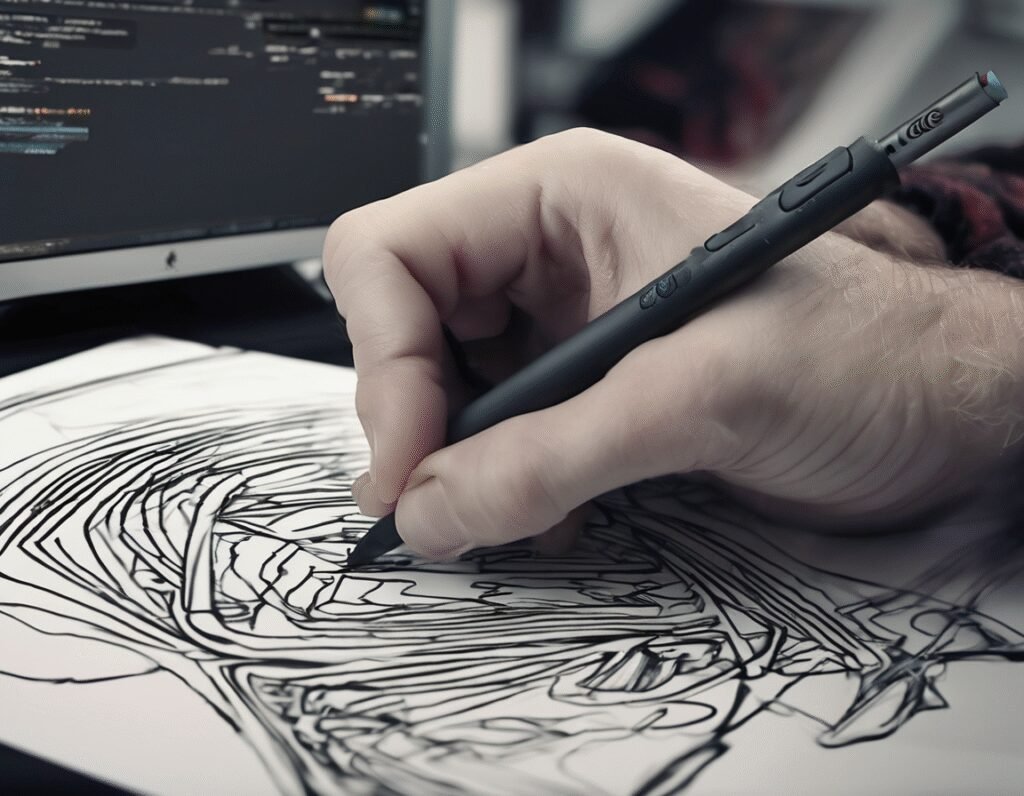The AI Reckoning is Here as Companies Scramble to Rehire Human Talent
For some time, the corporate playbook seemed clear. Artificial intelligence was the ultimate efficiency engine, a way to automate creative and technical tasks while drastically cutting labor costs. Companies enthusiastically replaced human workers with AI systems, anticipating a new era of streamlined, cost-effective operation.
However, that vision has proven to be shortsighted. Many businesses are now discovering that the output of these AI systems often falls short of professional standards. The result is a flood of mediocre, often unusable content broadly categorized as slop. This AI-generated material, while created quickly, is frequently riddled with errors, awkward phrasing, illogical code, and visual imperfections.
This gap between AI promise and reality has created an unexpected and growing demand for a new class of gig worker. These professionals, often called slop fixer-uppers, are being hired to clean up and refine the messy output of AI generators. Their job is to take AI-produced art, writing, and code and polish it into something coherent, professional, and fit for public consumption.
In the visual realm, this work involves correcting the telltale signs of AI generation. Freelance illustrators report that a significant portion of their work now involves fixing AI-generated logos. These images often suffer from fuzzy lines, distorted geometry, and garbled, nonsensical text. The human artist steps in to redraw lines, clarify shapes, and ensure the final product meets basic design principles. Sometimes the AI provides a solid foundational concept that a skilled artist can quickly perfect. Other times, the output is so flawed that it requires a near-total redesign, essentially making the AI’s contribution pointless.
The phenomenon extends far beyond images. Writers are being hired to rewrite AI-generated articles and marketing copy that is bland, factually inconsistent, or lacks a human voice. Similarly, programmers are tasked with debugging and restructuring AI-written code that may be inefficient, insecure, or simply broken.
This trend highlights a critical, and perhaps obvious, point that was initially overlooked in the rush to adopt AI. While artificial intelligence excels at generating vast quantities of content based on patterns, it lacks the nuanced understanding, critical judgment, and creative intent of a human professional. It can produce a first draft, but it cannot guarantee quality, accuracy, or brand alignment.
The emergence of the slop fixer role suggests a market correction. Companies are realizing that pure AI automation is not a silver bullet. Instead, a hybrid model is taking shape, where AI handles the initial, heavy lifting of creation and humans provide the essential final layer of quality control and refinement. This is creating a new niche in the gig economy, though one that many skilled professionals find ironic. They are now being paid to correct the very technology that was meant to replace them.


